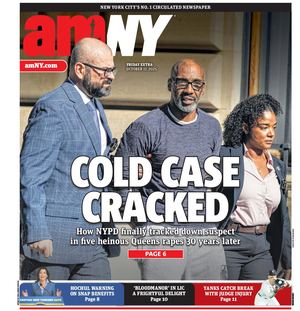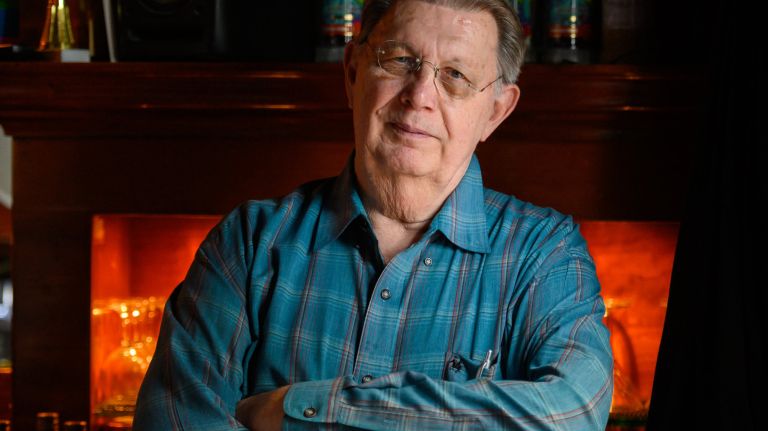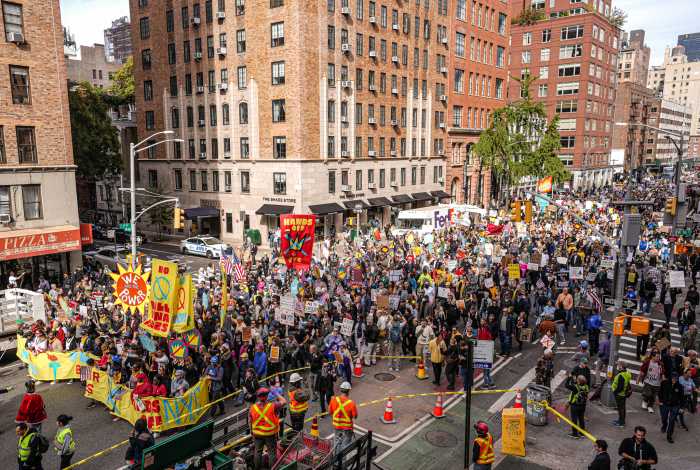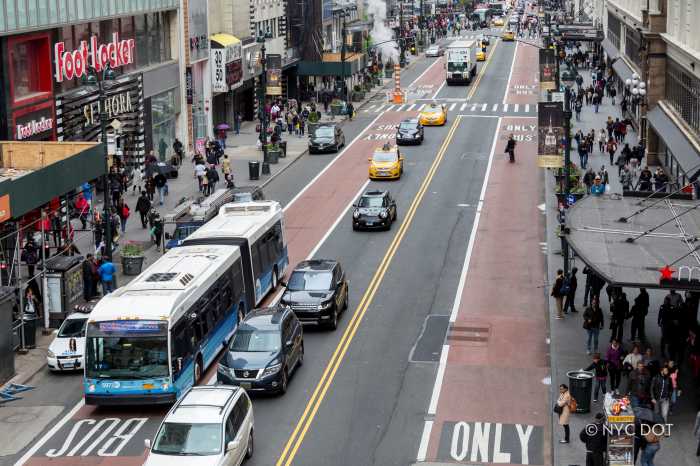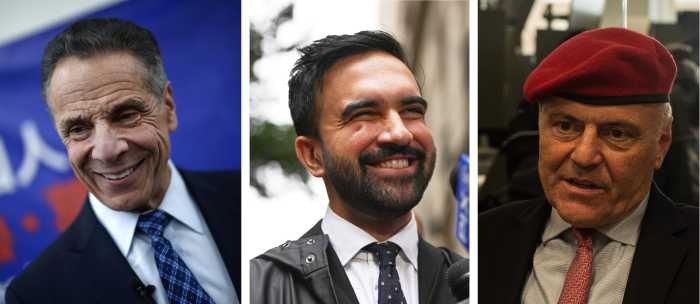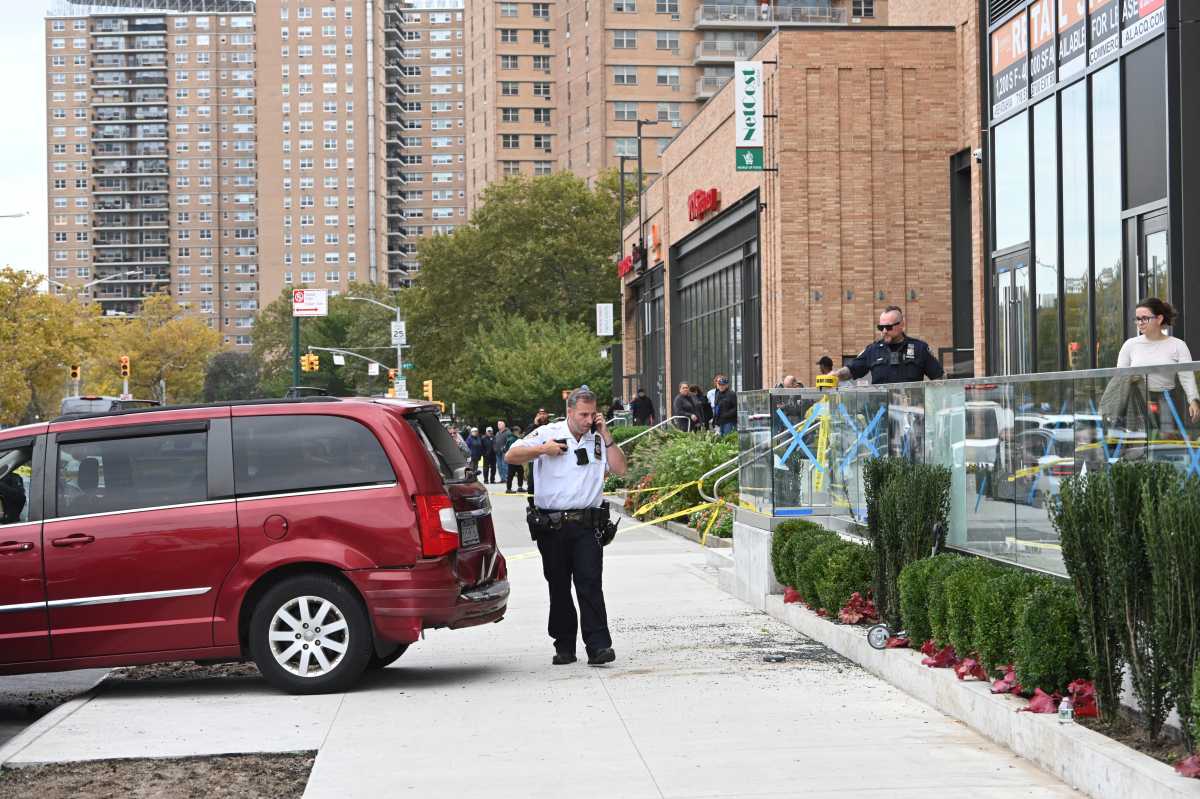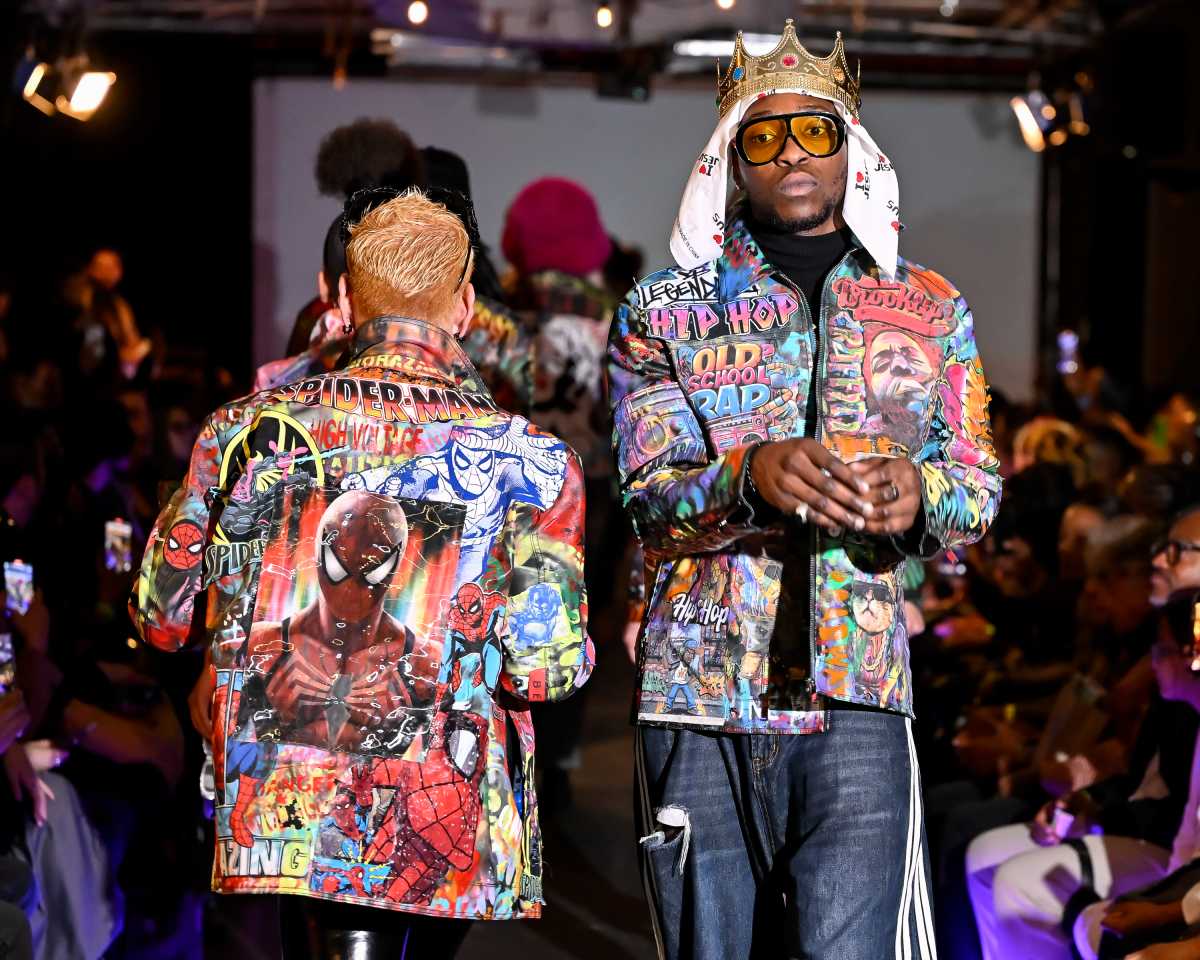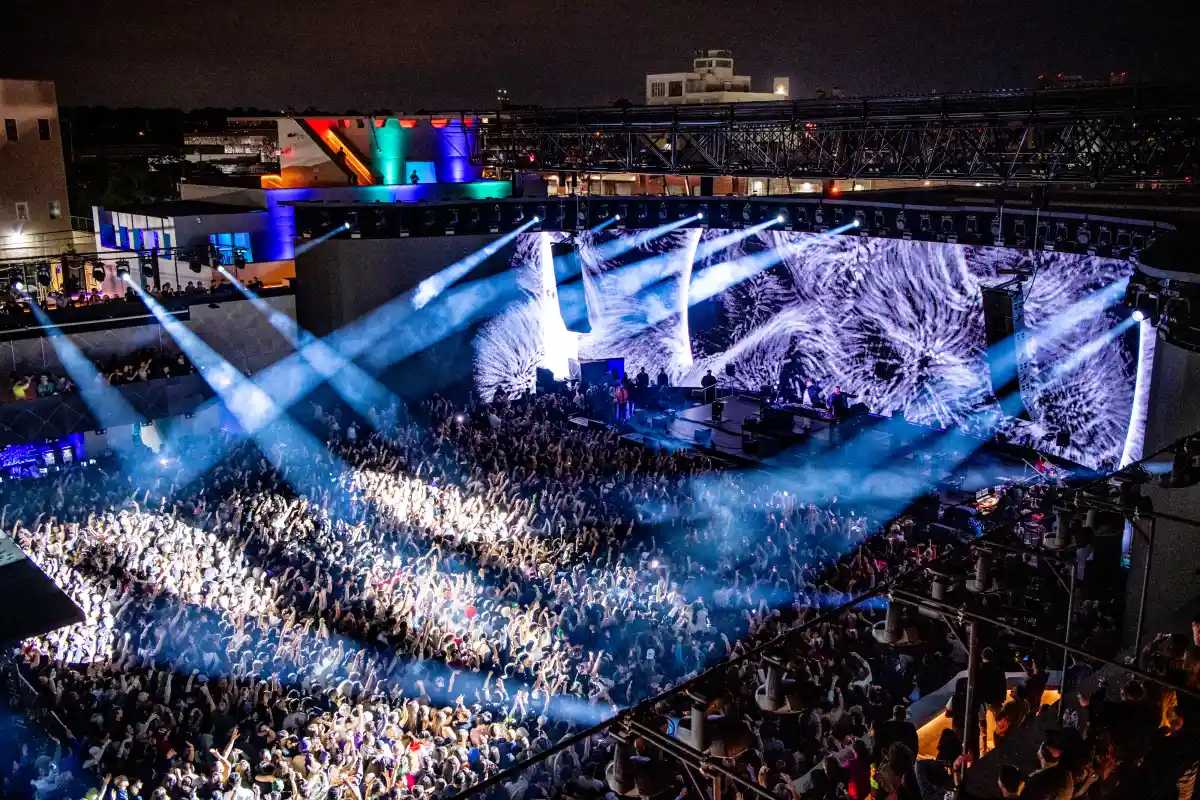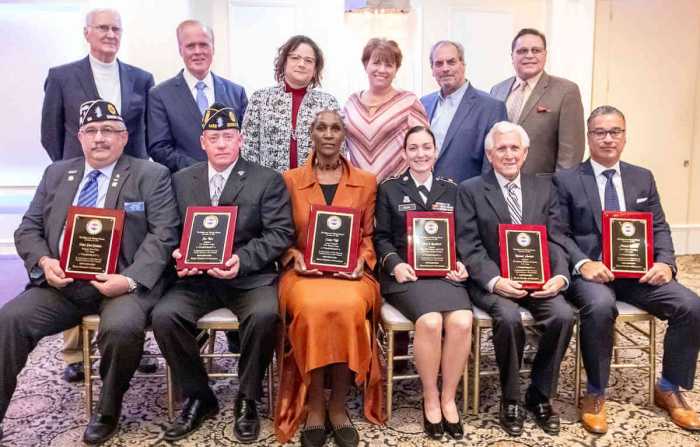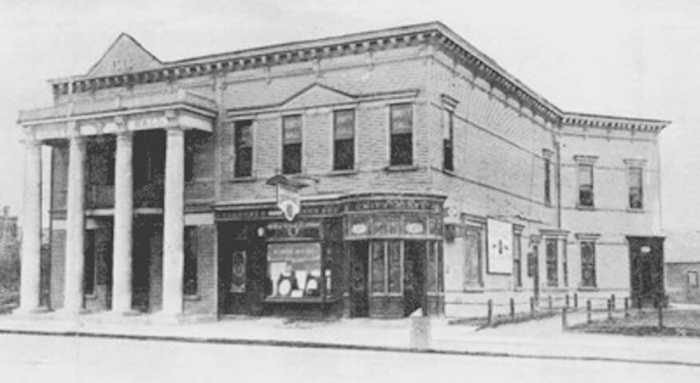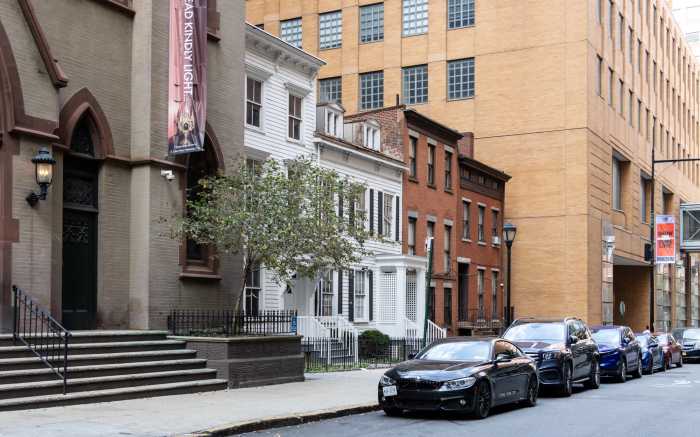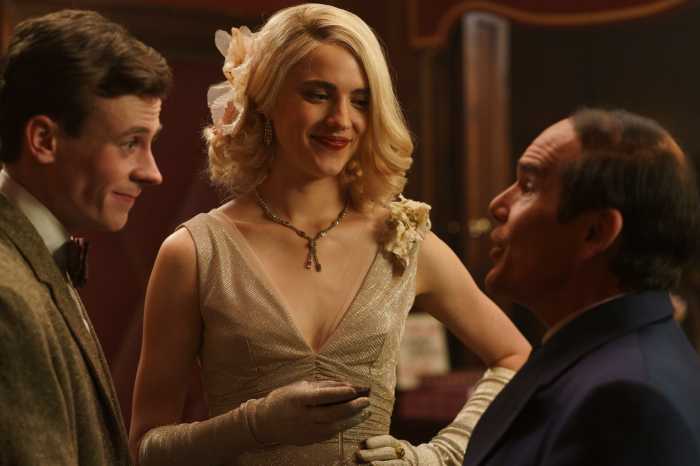
When Stonewall Inn bartender Fredd E. “Tree” Sequoia put down his drink and fought against police on June 28, 1969, he had no idea he was helping to propel an LGBTQ civil rights movement.
“Everybody says, ‘were you afraid?’ Hell, we were having the time of our lives,” he says.
Sequoia, who goes only by the monikers Tree or “The Legendary Tree,” was inside the bar during the historic raid that took place 50 years ago Sunday and sparked days of riots.
“I had never broken windows. I never shook a police car. I never broke a paddy wagon lock before. It was so much fun being dangerous,” he says from behind the Christopher Street establishment’s second-floor bar, where he works three nights a week.
“This is home. This is my other home. It’s mecca to the gay community.”
Today, a drink order at Stonewall is served with an oral history lesson from the 80-year-old Greenwich Village resident who’s become an icon within the LGBTQ community. Tree, who’s worked at Stonewall for nearly three decades, often offers up bits of what it was like to be inside the bar during the conflict that changed the gay liberation movement forever.
“People say ‘oh you’re famous,’ I go ‘no — infamous.’ Sometimes it’s embarrassing, sometimes it’s fun.”
Most days, Tree doesn’t mind taking younger LGBTQ patrons back to the influential night that incited the first New York City pride march in 1970. “We’re a family. We’re the biggest family in the world,” he says.

To Tree and his friends, what happened on June 28, 1969, was just another bar raid — until it wasn’t.
“I went to jail so many times”
Just after 1 a.m. that Saturday morning, police showed up unannounced at The Stonewall Inn ready to arrest its gay revelers.
At the time, it was illegal to serve alcohol to gay patrons in New York City. The law also restricted the display of homosexuality in public and required patrons to wear at least three pieces of clothing deemed representative of their gender. Those who didn’t comply risked arrest during frequent police raids.
“I went to jail so many times just for being in gay bars,” Tree says.
He’d tell officers his name was Fenwick Fingernail before being corralled into large rooms at local precincts where he’d wait to see a judge.

“Some would say you’re wasting our time, go home. Some would call us perverts and fine us $20,” he says. “We’d all go back to the bar the next night. It was just a payoff.”
Stonewall, on a typical night in the ‘50s, was full of “lesbians, fag hags and gay guys” dancing the cha-cha and the Mambo to three-minute songs that blasted from a jukebox.
“We’d just come here to dance and have a good time,” Tree says. “We’d go back to Mama’s Chicken Rib and hang out until 6 or 7 in the morning and then start over.”
Stonewall, at the time, was one of several mafia-owned gay bars in the city that participated in “under the table” payouts to maintain their operations.

“Uncle mafia knew how to make money long before Macy’s and American Express and so they opened bars,” Tree says. “We knew well enough not to drink because they told us what they’d put in the liquor at the end of the night — water or some brown stuff in the scotch.”
“Before you know it, it got out of hand”
On the night of the 1969 raid, the LGBTQ community and the police had developed a cyclic relationship: raid, arrest, fine, release, repeat. So, seeing police enter the bar was nothing new.
“The cops didn’t like any of us,” he says, admitting that his group of friends had a long list of nicknames for officers from “Lilly Law” to “Patty Patrol” and “Betty Badge.”
Walking the same stretch of Greenwich Village between Waverly Place, Sixth Avenue and Perry Street, Tree says his pals would do the conga line and cry out, “we are the village girls” to get a rise out of the cops.

Tree was dancing with two friends — who he identifies only as “Frankie Bubbles” and “Charlie” — when the police entered Stonewall on June 28, 1969. He says he happened to know one of the officers who entered the premises and was able to get out quickly while those without gender-specific clothing were held back for arrest.
During what he calls a “regular raid,” the cops would enter the bar and shout “all right girls, line up.” The night of the rebellion, Tree says, drew in higher-ranking officers who weren’t interested in a payoff. Previous raids often came with a warning from the officers who regularly patrolled the area, but Stonewall regulars weren’t tipped off this time and the patrons decided to fight back.
“We broke the windows and threw lit garbage cans. Two people got a parking meter from the park across the street and used it as a battering ram. Before you know it, it got out of hand.”
The raid turned into riots, protests and demonstrations on Christopher Street that lasted six days. Tree and his friends would head to the nearby Mama’s Chicken Rib at the end of the night and make a pact: “We said, if the cops come, we swear we were here all night long. But they never came.”

“We thought they were crazy”
It wasn’t until one year after the raid that Tree and his friends realized the events of 1969 had propelled a movement. A number of LGBTQ rights organizations, including the Gay Liberation Front, formed in the wake of the riots and in 1970, the first New York City pride march was born.
Read more: First-ever Dragon Fest Chinese food and culture festival kicks off Saturday in NYC
Stonewall “marked the birth of the modern LGBTQ movement and sparked movements for years to bring us where we are now,” says Cortney Worall, the National Parks Conservation Association’s senior regional director in charge of Christopher Park, where the first national monument focusing on the history of gay rights stands.
To mark the significance of those nights, the bar became the city’s first LGBTQ-landmarked venue on June 24, 2016. It remains today a crucial part of the community. Tree, who attends the Pride March each year, says he watched the gatherings outside the bar grow each year.
On Sunday, 4.5 million people are expected to attend the march celebrating the 50th anniversary. About 115,000 marchers are set, which is almost double the size of the 2018 event.
“We thought they were crazy,” Tree says of the small group of people he saw lining up to march to Central Park from Christopher Street 49 years ago. “And every year, it got bigger, bigger and bigger. Who knew this would be the 50th anniversary.”
Read more: Eyewitness Stories of Superstorm Sandy
